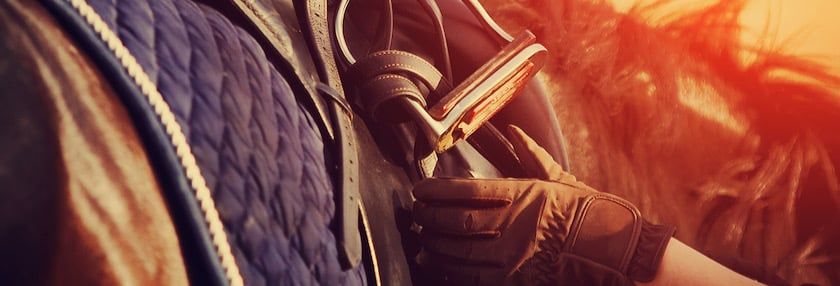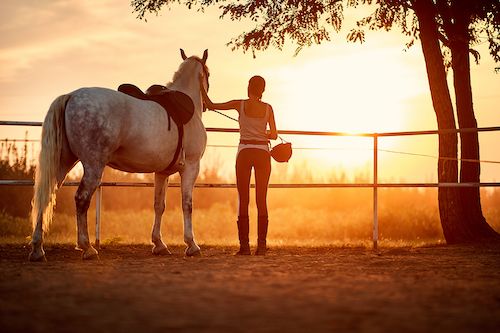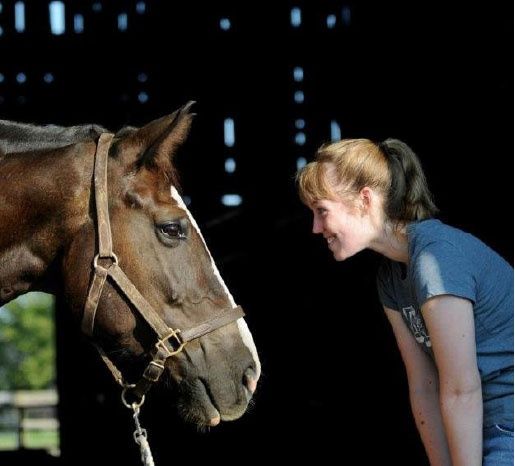Warning Signs Your Saddle Fit May Be Off


Saddle fit impacts your horse, too
For lots of riders, your saddle is one of the most expensive pieces of equipment you’ll have to buy your horse and therefore, it’s easy to just use what you have available to you.
When I was learning to ride, I was on so many different horses week-to-week that I borrowed or bought saddles to fit myself and didn’t worry too much about the rest.
But it’s just as important the saddle you use on your horse day in and day out fit them as well as it fits you. Repeated use of an ill-fitting saddle can have serious health and soundness consequences, creating an asymmetry of movement or muscling that can cause pain in itself but also lead to limb problems as the horse tries to compensate.
That can lead to behavioral problems, too—if a horse begins associating an ill-fitting saddle with pain, they may begin to become sour or badly-behaved when they have to wear it.
Don’t trust your backside
Your best bet for determining saddle fit, whether you ride Western or English, is to get an independent saddle fitter or your trainer to examine the saddle and pads you use on your horse.
Here are a few hints that you may need to call in an expert opinion:
- There are uneven sweat patterns under your pad after a summer ride. Ideally, you should see the same sweat marks on each side of the horse’s spine. If one side is larger or more intense, that could indicate an uneven weight distribution. Dry areas in odd spots (not along the spine) also indicate the saddle isn’t coming into contact with the back evenly.
- You can’t fit two fingers between your saddle’s gullet and the withers. This indicates either a narrow saddle that is pinching the withers or one that is too wide and sitting too low.
- Your horse’s muscling over the shoulders or back looks asymmetrical. This could indicate uneven pressure that’s suppressing movement and muscle formation.
- A “girthy” or grumpy horse who’s not thrilled to see the saddle coming toward their back.

Tags:Horse Sense

Acreage Life is part of the Catalyst Communications Network publication family.














